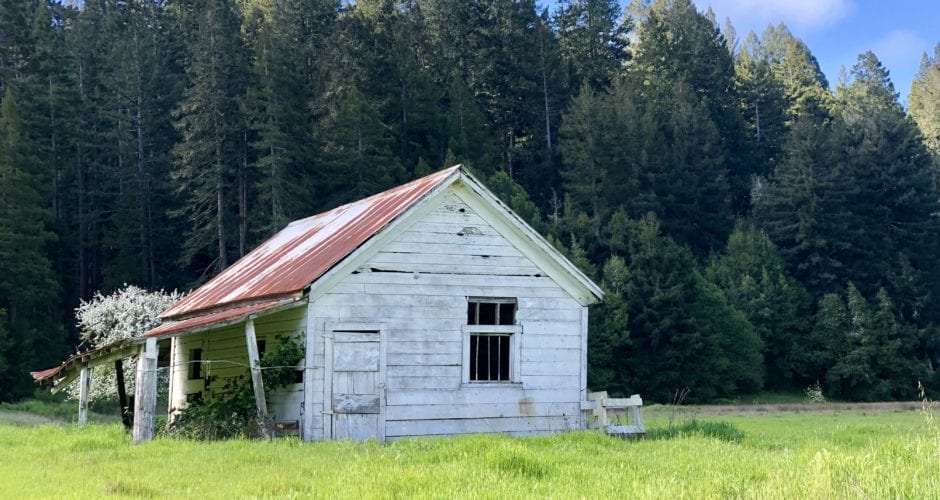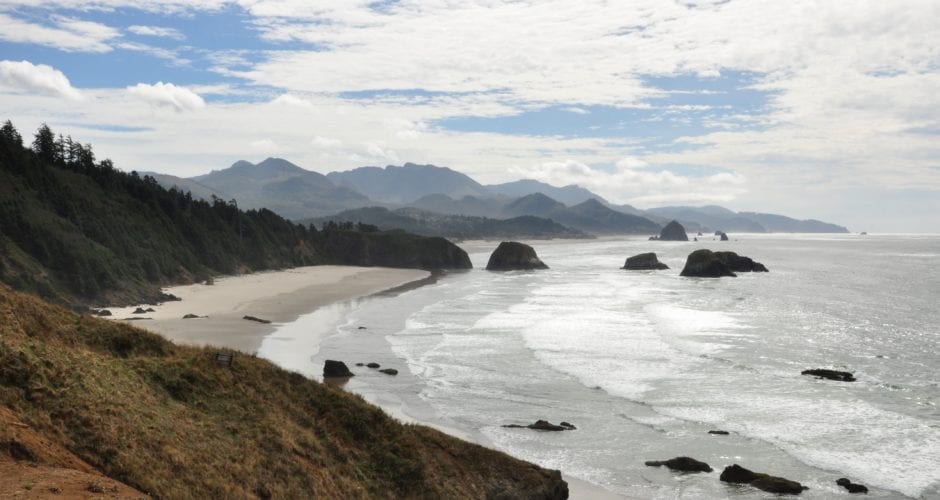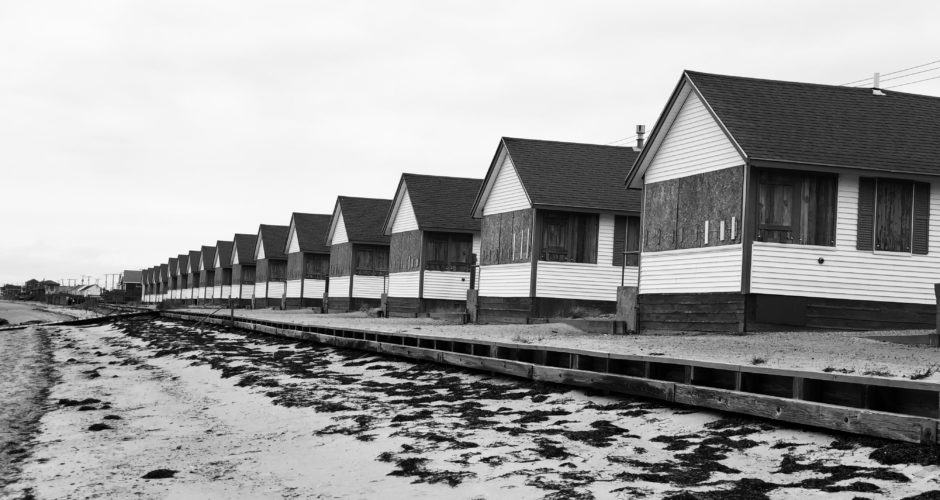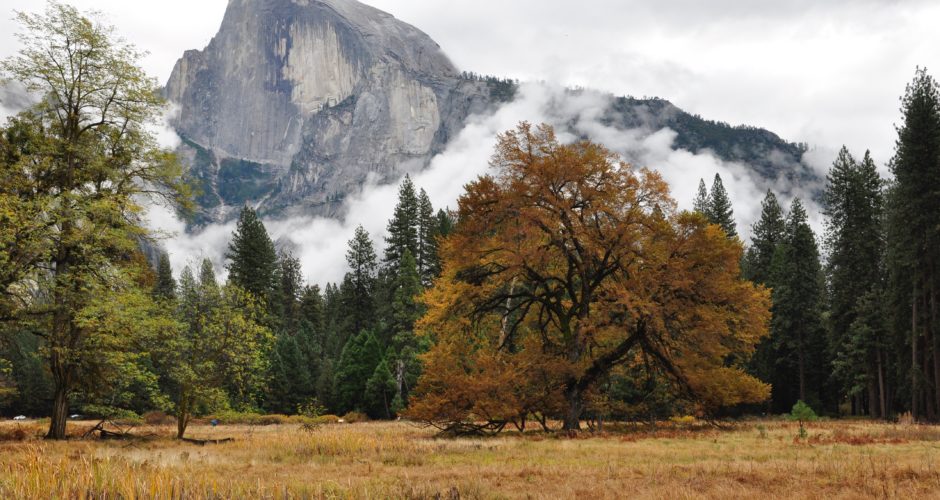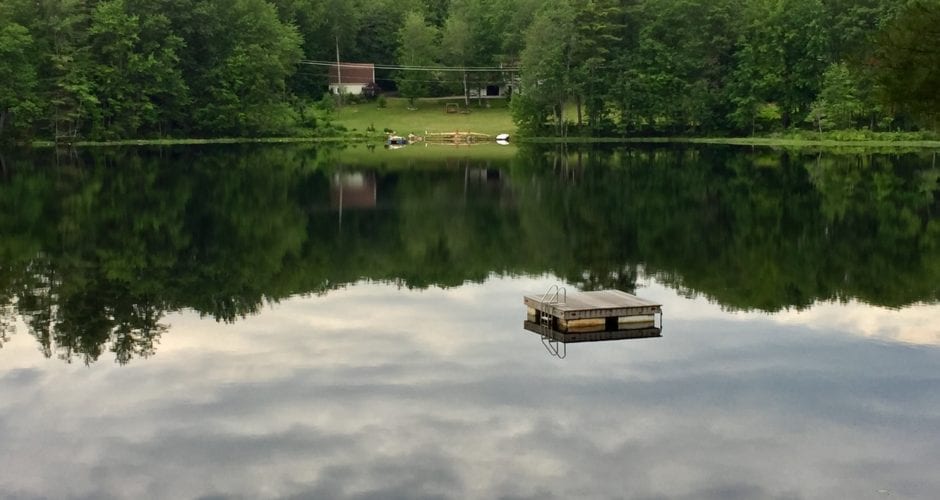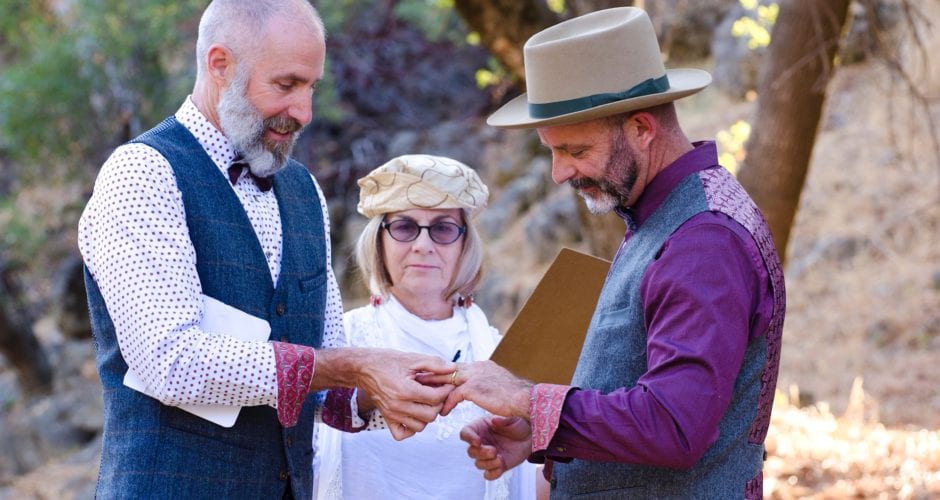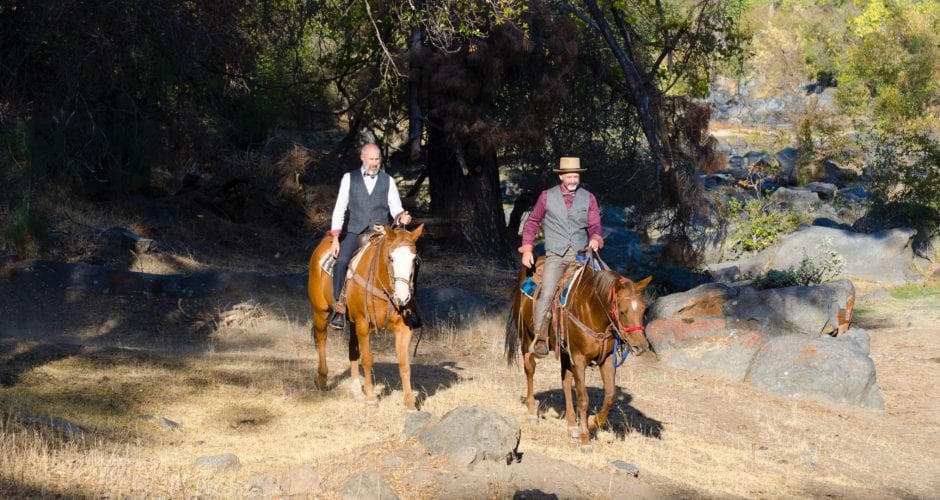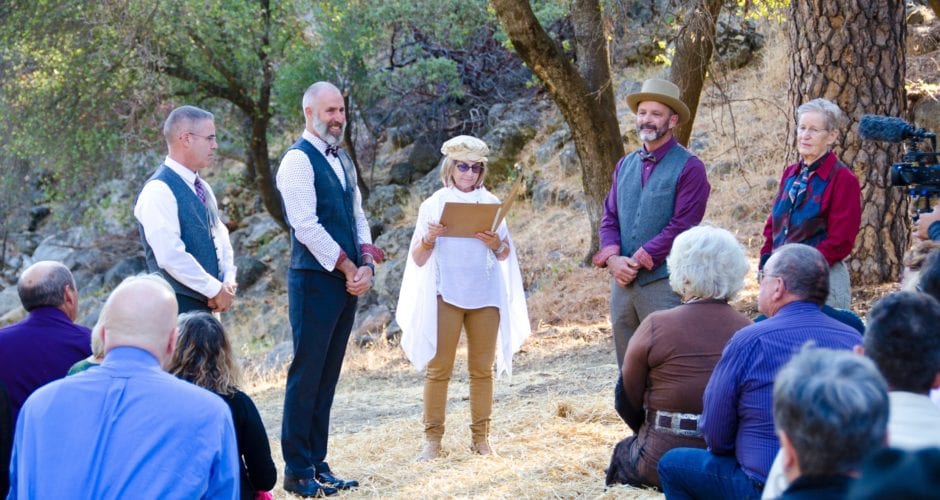UC Berkeley celebrates the retirement of Harry Stark after 18 years as director of facilities and engineering for the Vice Chancellor for Research.
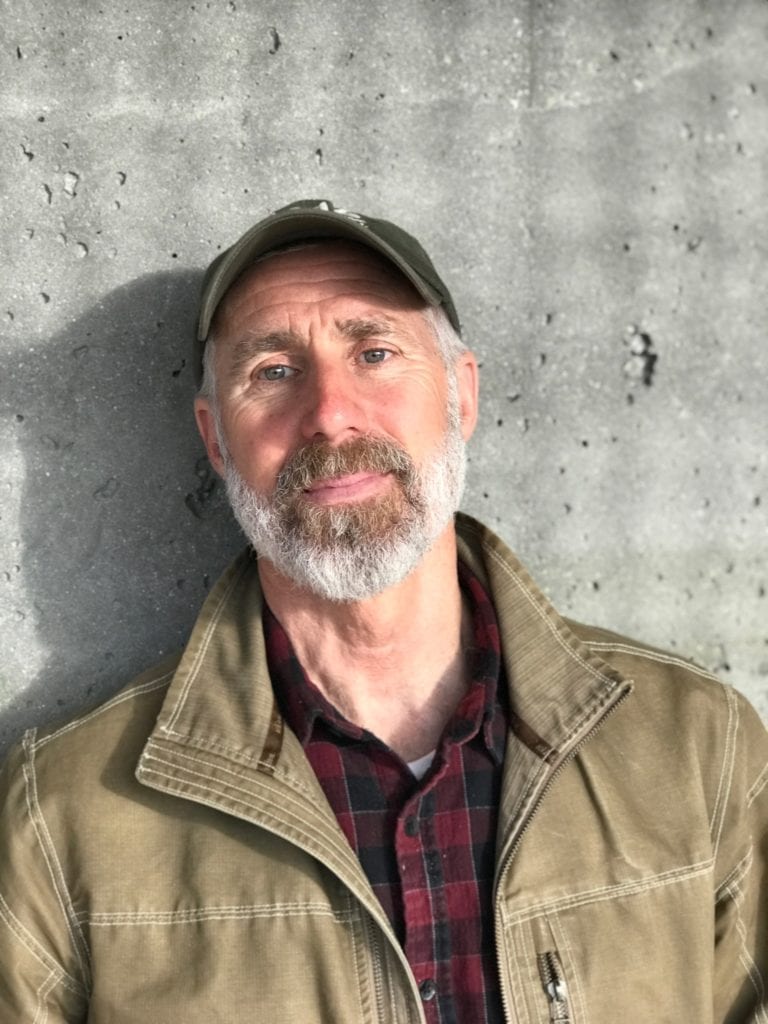
Next week, Harry Stark will retire from UC Berkeley after 18 years of service to the campus community. While Stark’s official job title is director of facilities and engineering for the Vice Chancellor for Research, his campus legacy will leave behind a much larger footprint.
Stark’s daily work focuses on the management of Stanley Hall—ensuring the building is a safe and engaging environment that researchers can feel secure calling their scientific home. But Stark’s expertise in managing complex scientific facilities across campus has created a sphere of influence that is physically felt in several key research buildings at Berkeley including Stanley Hall, the Innovative Genomics Institute building, the Li Ka Shing Center, the Simons Institute, and the new Bakar BioEnginuity Hub.
Stark’s facilities prowess on campus dates back to the founding of QB3, a three-campus research institute housed at UC Berkeley, UCSF, and UC Santa Cruz that is one of four Institutes for Science and Innovation launched by Governor Gray Davis in 2000. Stark joined QB3-Berkeley in 2003 as the institute was planning for the construction of its research home, Stanley Hall.
Bringing with him more than a decade of development experience when he joined QB3-Berkeley, Stark, along with former QB3-Berkeley director Susan Marqusee, oversaw every inch of Stanley Hall’s planning, groundbreaking, construction, instrumentation installation, and lab set-up.
Once complete in 2008, QB3-Berkeley’s new flagship building opened to offer space for 38 faculty labs, two classrooms, three auditoriums, 11 core research facilities, and dozens of administrative offices and conference rooms. All told, Stanley Hall is home to more than 285,000 square feet of research, learning, and office space.
“For four months in 2008, Harry moved forty labs from buildings across campus into Stanley Hall,” Marqusee said, recalling the opening of Stanley Hall. “He implemented a system in which labs were moved in the space of two days, so disruptions were minimally felt by each lab. Harry’s commitment to supporting our research is remarkable. Since the opening of Stanley, Harry has continued to be a thoughtful and engaged facilities manager and leader at QB3 and on Capital Projects all over campus.”
His monuments “stand tall”
Maintaining a safe and engaging environment for more than 700 scientists, students, and staff might prove a challenging and rewarding full-time role for many, but once Stanley Hall successfully opened its doors, Stark was tapped for other campus Capital Projects.
Stark’s experience working with hundreds of scientists and troubleshooting the complex safety and research requirements associated with opening a laboratory building make Stark a facilities leader on campus and a trove of information and knowledge. Working with Capital Projects and campus scientists, Stark helped guide the layout of the labs in the Li Ka Shing Center and provided support and consultation during the construction phases of the center, which opened in 2011.
His expertise was also tapped during the design and construction phases of the Energy Biosciences Building, now the Innovative Genomics Institute building, which is home to Nobel Laureate Jennifer Doudna’s lab. He also consulted on the redesign of the Calvin Lab, which houses the Simons Institute for the Theory of Computing.
“It has been an absolute pleasure to work with Harry on maintaining our most advanced lab-intensive campus buildings, and his leadership role in designing new state-of-the-art facilities that will enhance the campus’ research capabilities in the near future,” said Vice Chancellor for Research Randy Katz. “The monuments to his career at Berkeley—the buildings he has helped to design and which he has managed—stand tall around us.”
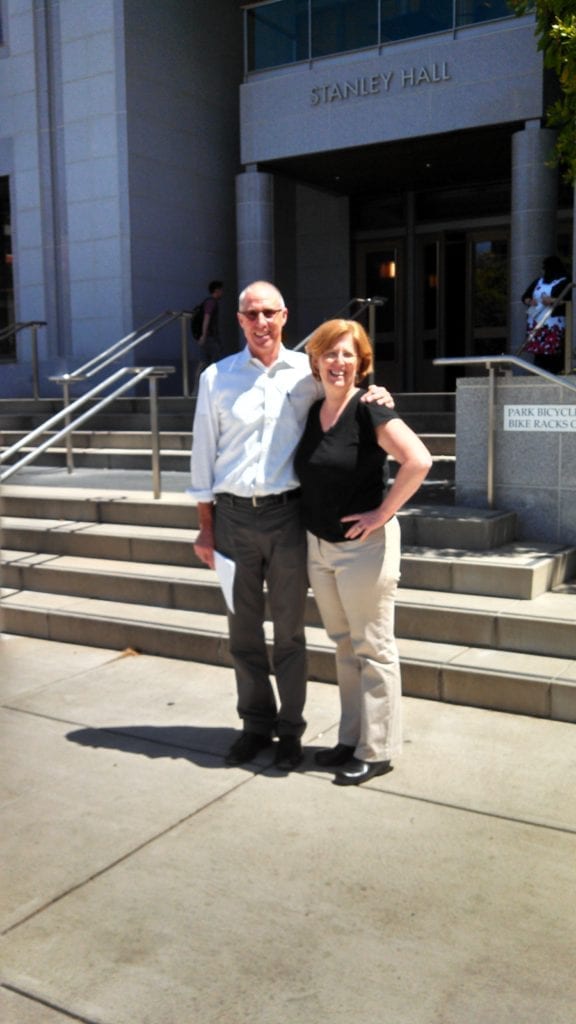
Stark’s expertise has helped position Stanley Hall as a model for running an organized research facility on campus. During the PG&E-imposed fire-safety shutdowns in California in October 2019, Stark and Stanley Hall’s emergency response planning and preparedness team helped reduce the overall campus electrical load, which allowed the campus cogeneration facility to function without relying on individual building generators. Stark was then tapped to join the campus-wide Emergency Management Response Team where he consulted with university leadership on navigating the power outages and other challenges facing Berkeley’s scientific facilities.
His emergency preparedness model would prove valuable again in 2020 as the coronavirus pandemic brought in-person campus operations to a halt under the nine-county Bay Area shelter-in-place order that began in March 2020.
When research facilities on campus began reopening in phases during the pandemic, Stanley Hall served as a prototype for reopening safely and was among the first buildings on campus to resume research under the university’s new COVID-19 protocols.
“Harry made Stanley Hall the campuswide model for reopening a research facility during the pandemic,” Marqusee said. “Thanks to Harry’s leadership and planning, our labs were able to safely return to our research.”
$120,000 and counting
Outside of his service to UC Berkeley’s research and learning community, Stark is an annual participant and fundraiser in the AIDS/LifeCycle ride, a weeklong 545-mile bike ride from the Bay Area to Los Angeles to support funding for the San Francisco AIDS Foundation and the Los Angeles LGBT Center.
Stark has owned a mountain bike for more than 30 years, but his interest in road cycling began when he first joined QB3-Berkeley and he began bike commuting to campus from his Berkeley home. An encounter with colleague Christine Shaff, a former communications director at Capital Projects, brought the AIDS/LifeCycle ride to Stark’s attention. In 2007, Stark saw Shaff at the Recreational Sports Facility, where she shared that she had recently returned from serving as a support volunteer for the AIDS/LifeCycle ride. Stark signed up for the fundraiser that day and has participated annually since 2008.
Stark enjoys the financial support that his fundraising efforts have helped provide, but also the visibility that the ride creates each summer as the pack of 2,500 cyclists travels down the coast. “We ride through tiny towns that might not have much experience with HIV/AIDS or with the LGBTQ+ community,” Stark said. “The ride helps reduce stigma and gets people in those communities talking about the issue of HIV/AIDS.”
Every AIDS/LifeCycle participant is expected to raise $3,000, a sum that Stark worried about raising during his first ride in 2008. After meeting that initial milestone, he increased his annual goal each year. A few years later, Stark set his goal at $26,790, which would put his total fundraising efforts at $100,000.
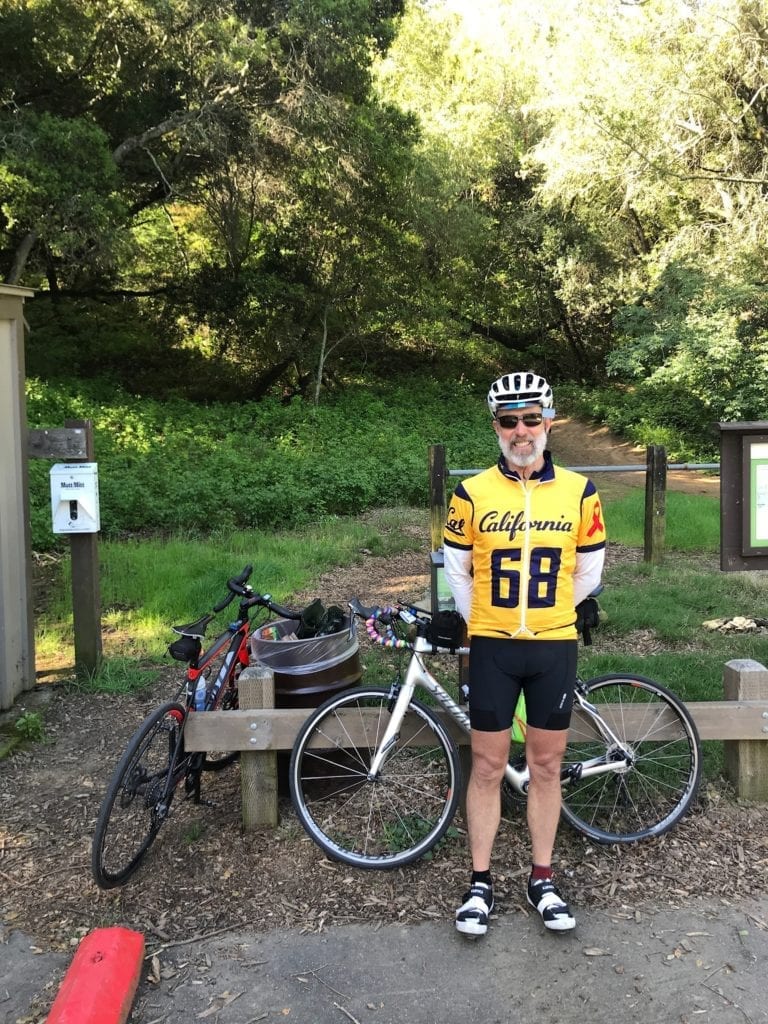
He met that goal and kept going. As of today, Stark has raised more than $120,000 for AIDS/LifeCyle.
The ride also gives back to the California communities it passes through. Stark noted that during day three of the AIDS/LifeCycle ride, the cyclists travel through Bradley, CA, a town with a population of just over 1,000. Several years ago Bradley students began making and serving hamburgers to sell to the riders as a school fundraiser. “These kids are gay-positive from experiencing the riders first hand and this one-day fundraising event now helps fund school activities throughout the year,” Stark said.
Stark also gives back to the campus LGBTQ+ community. The summer he joined UC Berkeley, Stark attended the staff appreciation fair where he met Billy Curtis, the director of the Gender Equity Resource Center who has worked on campus since 1990. Curtis told Stark about LavenderCal, a staff organization for LGBTQ+ employees. Stark has been a member of LavendarCal since 2003 and volunteers annually for its graduation celebration for LGBTQ+ students.
“Harry has always been one of the first staff members to pitch in on any effort for LGBTQ+ staff and for LavenderCal,” said John Winters, who is a facilities supervisor at University Village Apartments, and a fellow LavenderCal volunteer. “Whether it was volunteering for booths during Employee Appreciation Days, attending lunch on First Fridays, joining in Cal contingents at Pride, or planning and attending the annual Lavender Graduation, Harry could reliably be counted on to participate with good cheer and kind encouragement of others.”
“A truly beautiful place to work”
A graduate of UC Davis where he studied civil engineering, Stark began working at the university’s computer lab as an undergraduate student. After graduation, he joined the biotech company Calgene, which was then working on its genetically modified tomato, the Flavr Savr. Stark used his computer lab experience to maintain and run the company’s computing instruments and then took on a role in facilities and purchasing.
Once Calgene went public, Stark began working as a general contractor and joined a development firm to work on a mixed-use project in Pleasant Hill. He then joined Catellus where he worked on the Mission Bay project for UC San Francisco, which is where Stark first learned about the formation of QB3. He officially joined UC Berkeley in 2003.
The campus has been a welcome professional home for Stark. “Working at UC Berkeley is akin to stepping onto the grounds of a national park each day,” Stark said. “It’s truly a beautiful place to work. Reflecting on my eighteen years here, I believe that Cal has given me more than I’ve given it, and that’s an incredibly high measure of success in one’s career—to feel that their employer has given them more than they’ve given to their employer.”
Although he was born in Connecticut and attended high school in both Connecticut and California, Stark has now spent most of his life in Berkeley. His husband, Sam Ballew, is a registered nurse and a Bay Area native whose family has owned and operated a cattle ranch outside of Yosemite for five generations. Stark and Ballew were married on the family’s ranch in 2013 and arrived at the ceremony on horseback.
Legendary ingenuity
In his typical fashion, during his final months at UC Berkeley Stark has been exceptionally busy and engaged in both the management of Stanley Hall and in Capital Projects. He has consulted on the planning for the Gateway Center, the building that will house Berkeley’s Division of Computing, Data Science, and Society.
Stark has also been instrumental in designing the scientific facilities in the Bakar BioEnginuity Hub, which is set to open in fall 2021. The Woo Hon Fai Hall building, previously the site of the Berkeley Art Museum and Pacific Film Archive, will be home to the Bakar BioEnginuity Hub and the Bakar Labs, a 40,000 square-foot incubator for biotechnology startups.
For Amy Herr, the executive director of the Bakar BioEnginuity Hub, calling on Stark’s facilities and engineering talents was an easy choice. “With his creative and methodical approach to campus operations, Harry shows what it means to get the job done with excellence,” said Herr. “Harry exemplifies the best of UC Berkeley.”
Stark’s envisionary facilities leadership at UC Berkeley has made him a role model for the university’s staff, faculty, and students. “Harry has always been a legend on campus,” said Cherry Chung, QB3-Berkeley’s new facilities and engineering director, who has been working under Stark’s tutelage since June 1st. “Getting to learn from his expertise was a draw for me in applying to join the facilities team in Stanley Hall.”
Stark will pass the facilities and engineering baton to Chung next week. In retirement, Stark plans to spend a year in New York City to study photography and to experience life in another city.
Although Tuesday is Stark’s last day in Stanley Hall, his legacy will be felt for decades by those who enter the buildings he helped shape and manage.
“Harry’s impact is felt on every level of the campus research community and in every person he interacts with in Stanley Hall and across campus,” Marqusee said. “He has an amazing ability to work with people from every angle of the research experience—faculty, researchers, students, and staff. Harry’s mission has always been to support our science. His dedication, intelligence, and quick thinking enables us to do our research and helps make UC Berkeley one of the world’s best places to be a scientist.”
